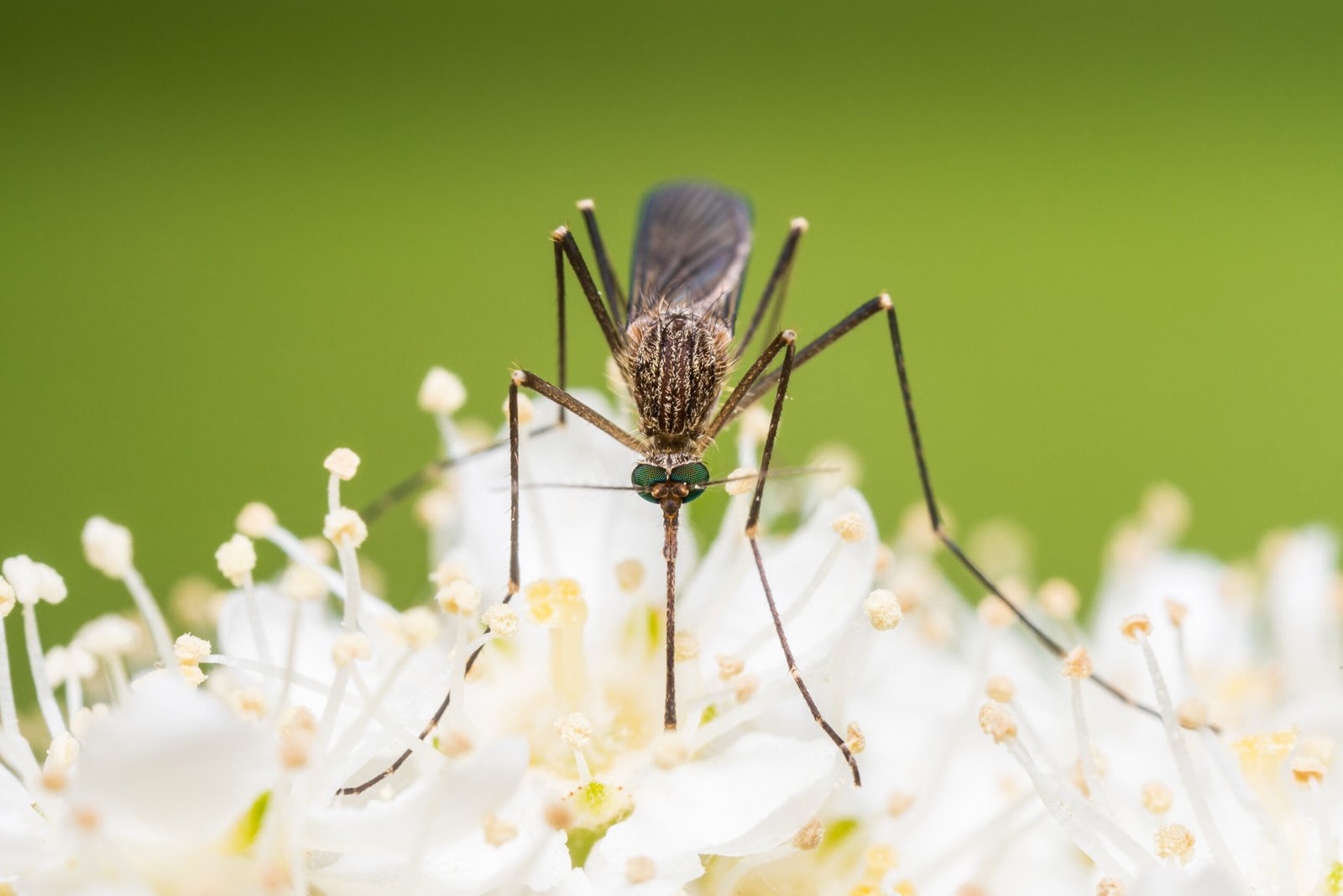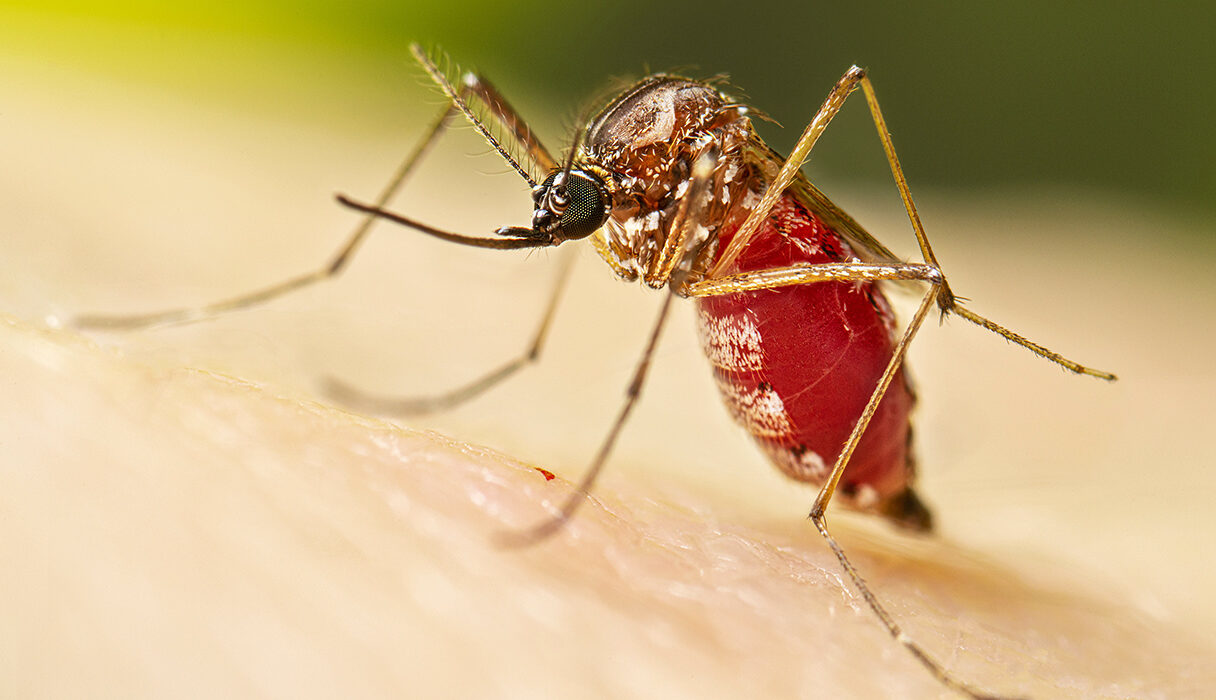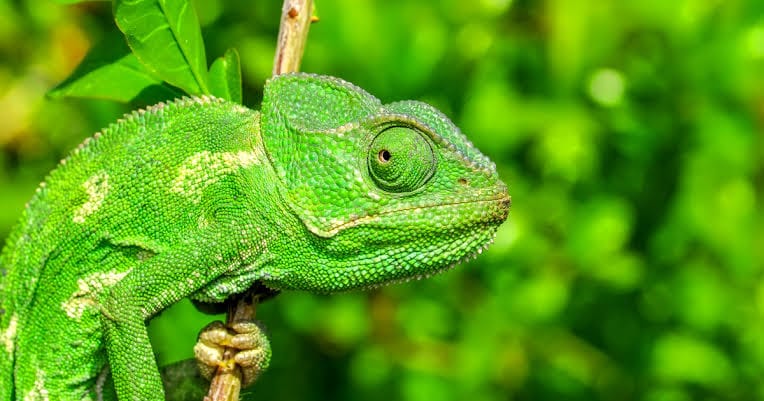A groundbreaking study led by researchers from the Royal Botanic Gardens, Kew, in collaboration with partners in Africa and the UK, has unveiled a novel approach to reducing the transmission of deadly mosquito-borne diseases like malaria. This innovative plant-host identification method could significantly help in curbing mosquito populations by targeting the plants that provide them with the crucial nectar they need to survive. This strategy may serve as a valuable tool to tackle disease outbreaks, offering a complementary solution to current, less effective interventions.
The Hidden Role of Plants in Mosquito Survival
While many people are aware of the danger posed by mosquitoes, particularly in the context of diseases like malaria, few realize the significant role that plants play in the mosquitoes’ life cycle. Professor Phil Stevenson, Priority Leader of Trait Diversity and Function at RBG Kew, explains, “Mosquitoes are some of the deadliest animals on the planet because they transmit many dangerous and lethal diseases, including malaria. But what surprises many is that mosquitoes have very high energy requirements, which they satisfy from feeding on flower nectar, not just blood. A good supply of nectar is crucial for mosquito abundance and disease transmission.”
This revelation highlights the importance of not only controlling mosquito populations through methods like bed nets and insecticides, but also addressing the plant-food sources that mosquitoes depend on. The study suggests that some plants may be particularly attractive to mosquitoes, providing the sugar that sustains them, and consequently contributes to higher mosquito populations and increased transmission of diseases.
How Plant Preferences Impact Mosquito Populations
In their research, scientists discovered that mosquitoes exhibit a distinct preference for the sugar nectar of specific plant species. This preference has significant implications for the ecology of mosquito populations in malaria-prone regions. When these preferred plants are abundant in a particular area, mosquitoes can thrive, leading to higher numbers of mosquitoes and a corresponding increase in disease transmission.
The implications of these findings are profound. If scientists can identify these mosquito-favorite plants, efforts to remove or limit their growth near human habitats could be a highly effective strategy for reducing mosquito populations and the spread of diseases. By limiting the availability of the plants that mosquitoes rely on for nourishment, it may be possible to directly reduce the number of mosquitoes in a given area and, in turn, decrease the rates of disease transmission.
A Global Health Challenge: Malaria and Beyond
The study comes at a time when the world is grappling with the ongoing threat of malaria and other mosquito-borne diseases. According to the World Health Organization (WHO), malaria alone is responsible for hundreds of thousands of deaths each year, particularly in sub-Saharan Africa. Female mosquitoes spread malaria parasites when they bite humans to feed on their blood, but mosquitoes also require nectar to fuel their energy needs. These dual feeding habits mean that mosquitoes are not only spreading malaria, but also other diseases such as dengue, Zika, and West Nile virus.
Moreover, traditional methods used to control mosquito populations, such as bed nets and insecticide sprays, are beginning to lose their effectiveness. Mosquitoes are rapidly developing resistance to insecticides, which makes these approaches less reliable in the long term. As such, there is an urgent need for novel, more sustainable solutions to combat mosquito-borne diseases, which is where this new research offers promise.
A New Approach to Combatting Mosquitoes: Identifying Preferred Plant Sources
The researchers at Kew focused on studying the nectar chemistry of various plants known to be a source of sugar for mosquitoes. By analyzing the plant metabolites found in mosquitoes’ digestive systems after feeding, the team was able to identify which plants mosquitoes had fed on for more than eight hours following their visit to a flower. This approach is particularly useful because, unlike DNA barcoding, which requires extracting plant DNA from the insects (a task that is often difficult with small nectar-eating insects), nectar metabolites offer a unique chemical signature that can effectively distinguish between different plant species.
To conduct the study, the researchers selected three plant species from the vast living collections at Kew Gardens in West London. These species were known to be used by mosquitoes as nectar sources in areas where malaria is prevalent. The plants chosen for the study were:
- Yellow Sage (Lantana camara)
- Castor Oil Plant (Ricinus communis)
- Yellow Oleander (Cascabela thevetia)
All three plants are widely distributed throughout the tropics, making them common potential sources of food for mosquitoes in malaria-endemic regions.
Implications for Malaria Control and Mosquito Ecology
The Kew team is optimistic that this novel approach could be used to screen plants in areas affected by mosquito-borne diseases, helping researchers understand mosquito feeding patterns and plant preferences in greater detail. By identifying which plants mosquitoes favor and reducing their prevalence near human settlements, scientists hope to diminish mosquito populations and the likelihood of disease transmission.
Professor Stevenson emphasizes, “In this work, we’ve developed a way of identifying which flowering plants mosquitoes prefer so that we can remove them from near people’s homes and reduce the abundance of the mosquitoes and the transmission of the diseases that they vector.”
This method is not only applicable to malaria but could also be extended to other significant mosquito-borne diseases like dengue, Zika, and West Nile virus, which affect millions of people annually across the globe. By addressing mosquito-plant interactions, this research provides a novel intervention in the ongoing battle to control these diseases.
The Larger Impact of Understanding Plant-Insect Relationships
This research is part of a broader program at Kew to investigate the intricate relationships between plants and invertebrates, particularly flower-feeding insects like bees, butterflies, and mosquitoes. The team is particularly interested in understanding how nectar metabolites influence the feeding behavior of these insects and how such interactions might be leveraged for pest control and pollinator conservation.
Dr. Amanda Cooper, a postdoctoral researcher at Kew and one of the study’s authors, notes, “The only way to reduce the impact of mosquito-borne diseases is to find new avenues of targeting mosquito vectors, and interventions through known host plants may be the solutions we need.”
The Bigger Picture: Malaria and Global Health
The fight against malaria and other mosquito-borne diseases remains one of the biggest challenges in global public health. In 2022, the World Health Organization estimated that 249 million people were infected with malaria, leading to nearly 608,000 deaths in 85 countries. The majority of these deaths occur in sub-Saharan Africa, where the conditions are most conducive to the proliferation of mosquitoes.
While malaria prevention methods like insecticide-treated bed nets and indoor spraying have been instrumental in reducing the burden of the disease, they are becoming less effective due to mosquito resistance. The urgent need for new interventions has never been clearer.
The research from Kew provides a new perspective on controlling mosquito populations and could potentially reduce the transmission of not only malaria, but also dengue, Zika, and West Nile virus. This innovative plant-host identification method, by targeting mosquito food sources, could be a game-changer in the effort to curb the spread of mosquito-borne diseases and ultimately save countless lives worldwide.
Conclusion: The Future of Disease Control
The findings from the Royal Botanic Gardens, Kew research could revolutionize the way we approach mosquito-borne diseases, offering a complementary strategy to current efforts. By identifying and removing the plants mosquitoes rely on for food, scientists have discovered a novel and potentially effective way to reduce mosquito populations and mitigate the transmission of malaria and other diseases.
This approach offers hope that, by combining traditional control methods with these new plant-host identification techniques, we can finally make significant strides in the fight against mosquito-borne diseases—a battle that continues to affect millions of lives each year.
Reference: Amanda N. Cooper et al, Identifying mosquito plant hosts from ingested nectar secondary metabolites, Scientific Reports (2025). DOI: 10.1038/s41598-025-88933-1






